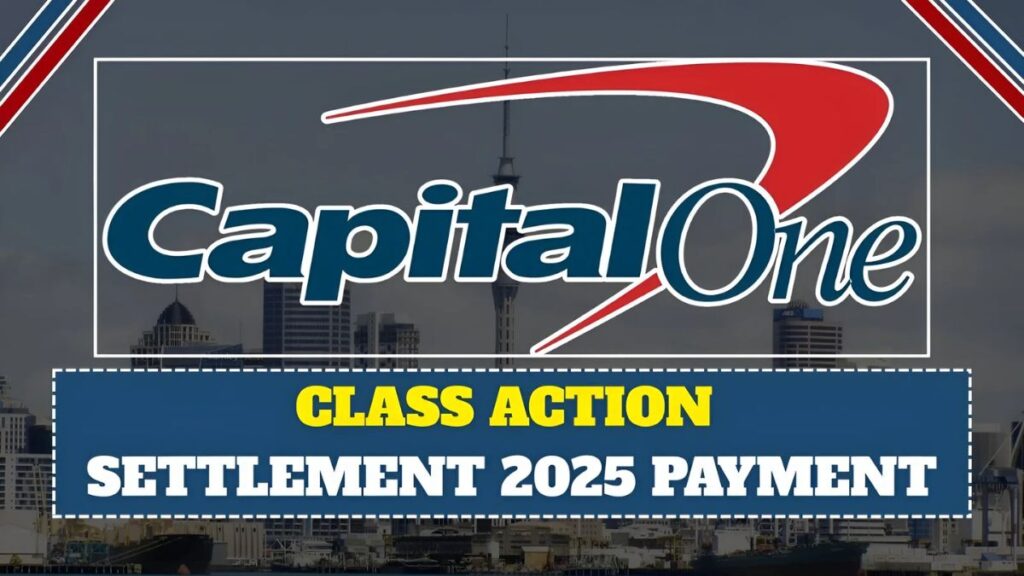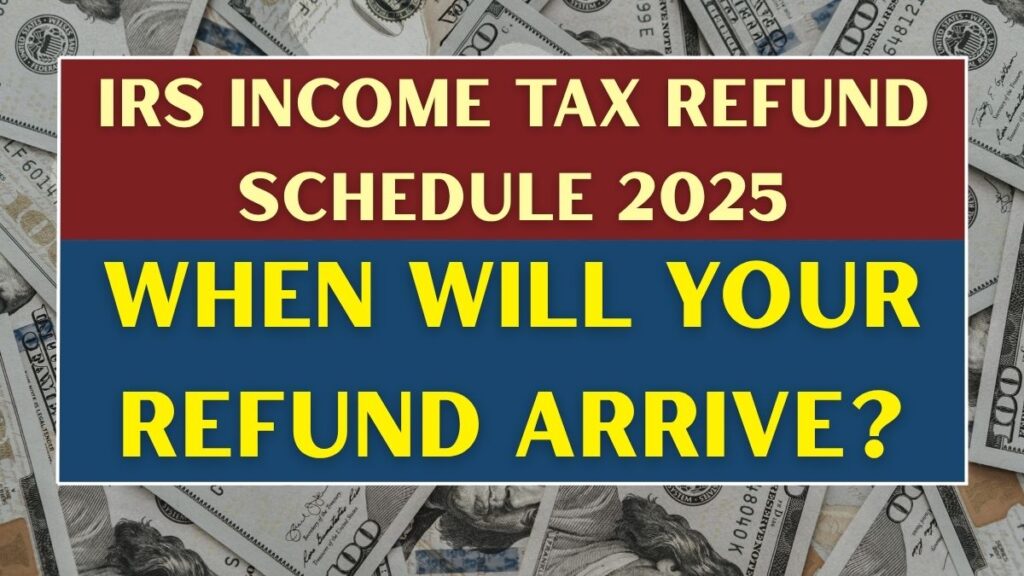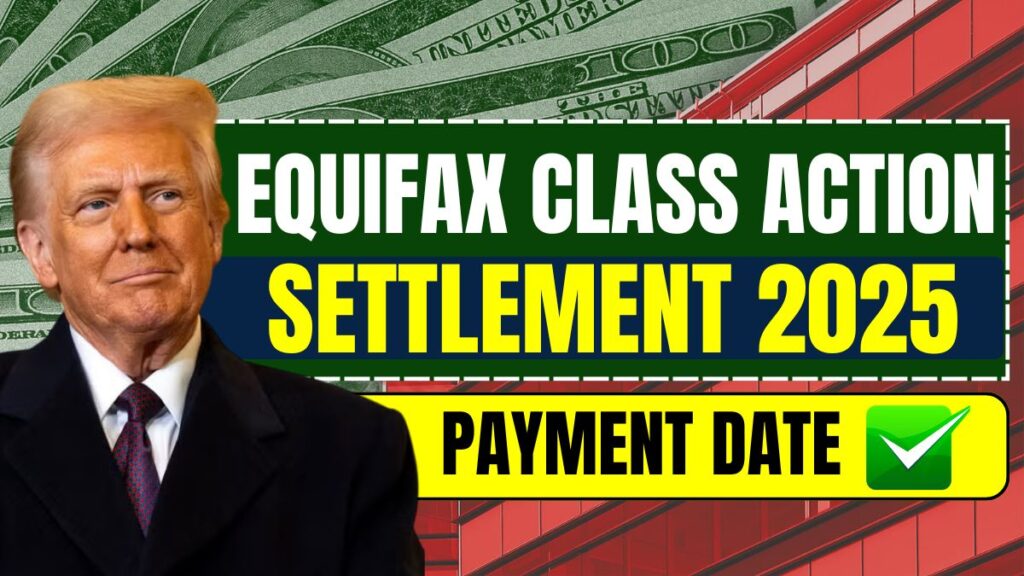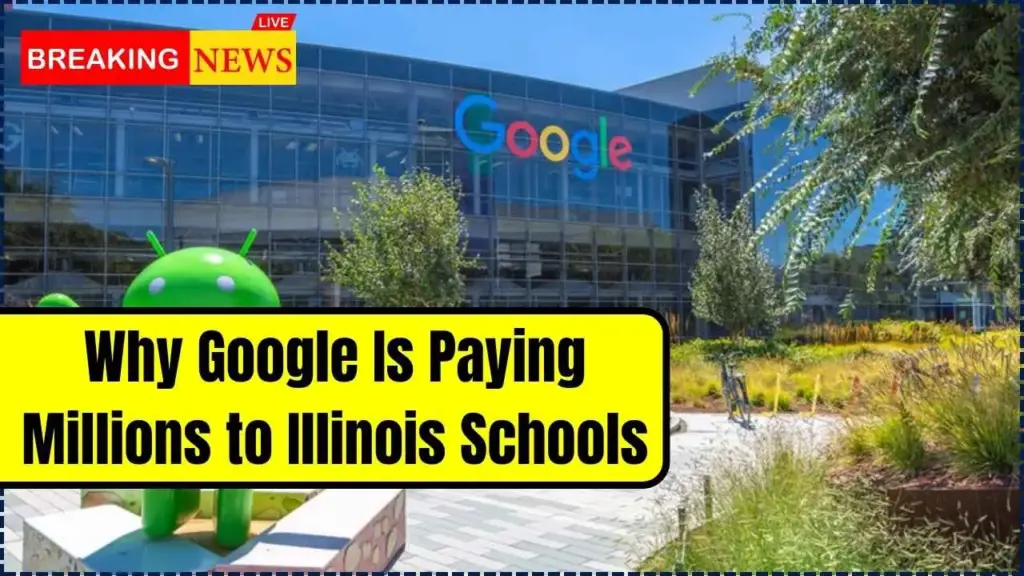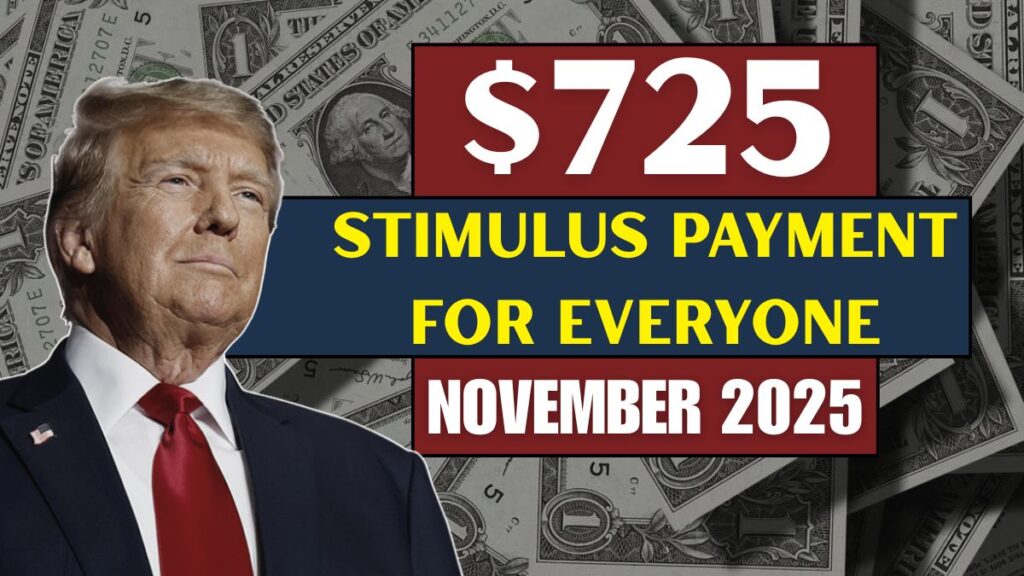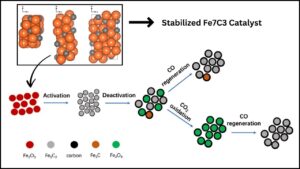The delays in inflation relief checks have caused frustration and uncertainty for millions of Americans. While the IRS has made efforts to expedite the payments, the combination of staffing shortages, technical issues, and logistical challenges has slowed the process.
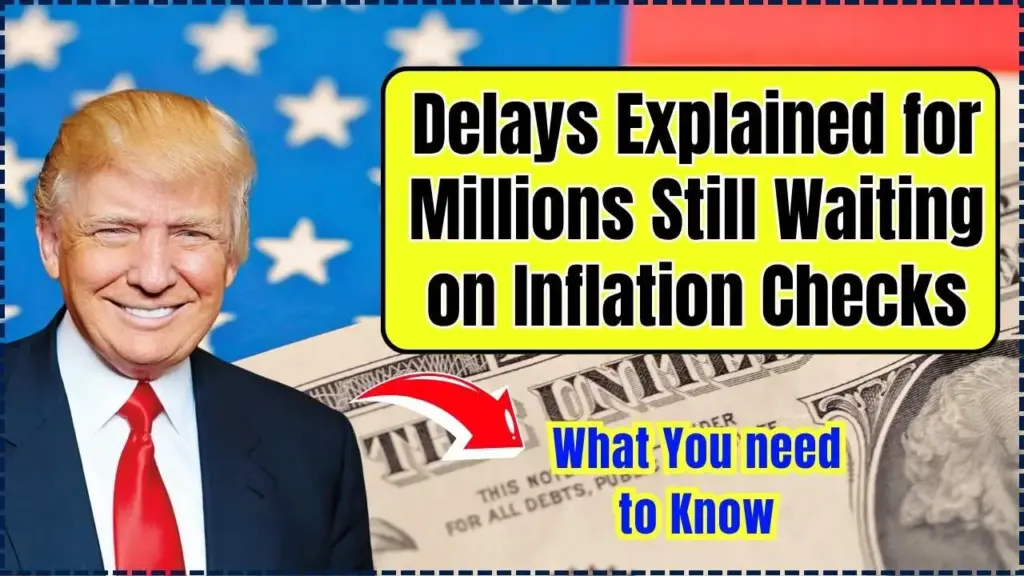
However, the agency is working hard to resolve these issues and ensure that all eligible individuals receive their payments.
Table of Contents
IRS Warning
| Key Fact | Detail/Statistic |
|---|---|
| Delays in Payment Processing | Millions of eligible Americans are experiencing delays due to IRS processing issues. |
| Reason for Delays | Limited staffing and technical challenges at the IRS have slowed the processing of relief payments. |
| Scheduled Payment Timeline | Expected payments will continue into early 2025 as the IRS works through backlogs. |
| Eligibility for Payments | Payments are generally available to low- and middle-income households to offset inflation. |
Why Are Payments Delayed?
The Scope of the IRS Backlog
One of the biggest reasons for the delays is the significant backlog at the IRS, which has been overwhelmed by the increased workload of processing both tax returns and inflation relief payments. The IRS, already dealing with a high volume of tax filings, is struggling to keep up with the volume of new payment requests.
“The backlog is not just affecting inflation checks, but also delaying tax refunds, audits, and processing of business taxes,” said Sarah Thompson, a tax policy expert at the Tax Foundation. “This has compounded the frustration for millions of taxpayers.”
IRS Funding and Staff Shortages
The IRS has faced long-standing funding challenges, which have worsened its ability to handle this surge of work. Over the years, the IRS’s budget has been stretched thin, and staffing levels have not kept up with the increasing demands of tax collection and payment processing.
According to a report from the Government Accountability Office (GAO), the IRS has faced a decline in full-time staffing, which has hindered its ability to manage the growing volume of tax filings and relief payments.
“This is not a new issue,” said David Green, a financial analyst at Brookings Institution. “The IRS has struggled with underfunding for years, and that has exacerbated these current delays.”
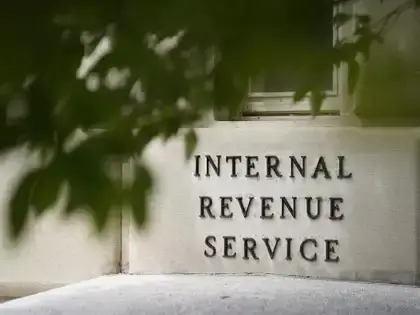
Technical Difficulties with Payment Processing
In addition to staffing issues, the IRS is facing technical challenges as it transitions to a more efficient system for distributing payments. The agency has been phasing out paper checks in favor of direct deposit, but the transition has faced technical snags that have delayed relief for those who have not yet updated their payment information.
“Shifting to electronic payment systems is a good long-term move, but it’s causing hiccups in the short term,” said Jennifer Lee, a tax law expert at National Taxpayers Union. “Paper check recipients are especially affected, as they wait longer for their payments.”
What Payments Are Affected?
The inflation relief checks are part of a broader effort to help low- and middle-income households cope with rising living costs. Eligible individuals can expect payments ranging from $500 to $2,000 depending on their household size and income level.
$1,390 Inflation Relief Payments
One of the most widely anticipated relief measures is the $1,390 direct deposit payment for qualifying individuals. The IRS began sending out these payments in late September 2025. However, those who have not yet updated their direct deposit information or who are eligible for paper checks may face further delays.
$2,000 Direct Payments and State-Level Programs
In addition to the federal payments, some states, such as California and New York, have introduced their own relief programs to assist residents. For instance, New York’s $400 inflation refund has seen delays as the state works through issues with direct deposit payments.
“The delays in New York’s relief program are partly due to the complex logistics of managing state-level programs alongside federal payments,” said Michael Miller, a state tax policy expert.
What You Can Do If You’re Affected
If you’re one of the millions waiting for your inflation relief check, here are some steps to take:
Update Your Direct Deposit Information
Ensure that your direct deposit details are current with the IRS. This will help prevent delays if you are eligible for future payments.
Track Your Payment Status
The IRS offers an online tool, “Where’s My Refund?,” that allows individuals to track the status of their inflation relief payments. This tool can also help confirm eligibility and provide the most up-to-date information.
Beware of Scams
Given the current uncertainty, scammers are attempting to take advantage of the situation by offering fake relief checks or asking for sensitive personal information. The IRS warns taxpayers to avoid any unsolicited requests for payment or information.
“The IRS will never ask for sensitive information via phone, text, or email,” said Daniel Lauer, an IRS official. “If you receive such communication, it is likely a scam.”
Contact the IRS Directly
If you have not received your payment within the expected timeline, you can contact the IRS directly. However, be prepared for extended wait times due to the backlog.

The Broader Economic Impact
The delays in receiving inflation relief checks are affecting not just individuals but also the broader economy. As many families continue to struggle with higher living costs, these payments are seen as a vital source of relief.
“For many households, the inflation relief payments are essential for meeting basic needs,” said David Green from the Brookings Institution. “Delays only add to the economic strain for families already living paycheck to paycheck.”
These delays also underscore the broader inefficiencies in government agencies when responding to emergencies, which could prompt calls for reforms to make payment distribution more efficient and timely.
Related Links
SSA Payments Pause Until November – Here’s What You Need to Know About the Delay
Big Changes to CalFresh in California by 2026– Millions Could Lose Their Food Benefits
Social Security 2026 COLA Set at 2.8%: Why Many Seniors Are Still Struggling? Check Details
Looking Ahead: The Future of Inflation Relief
While the current relief checks are still being processed, there are ongoing discussions in Congress about further inflation relief for 2025. As inflation remains a significant concern, many lawmakers are advocating for additional support for low-income families. However, whether additional payments will be authorized depends on the political climate in Washington.
“We understand the frustration, and we are committed to getting these payments out as quickly as possible,” said IRS spokesperson Karen Williams.
As 2025 approaches, those waiting for relief payments should stay informed, ensure their information is up to date, and be patient as the IRS continues to process payments.
FAQ About IRS Warning
Q1: When will my inflation relief check arrive?
Delays are expected, but the IRS is processing payments in batches, with most checks expected by mid-2025. Check the “Where’s My Refund?” tool for updates.
Q2: How can I update my direct deposit information with the IRS?
You can update your information through the IRS portal or by calling the IRS directly.
Q3: Will there be more inflation relief payments in 2025?
There is ongoing discussion in Congress about additional relief measures, but no official decisions have been made yet.

